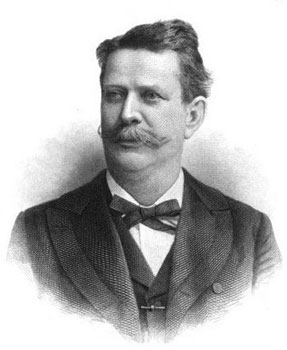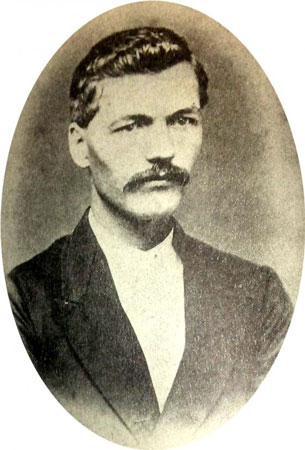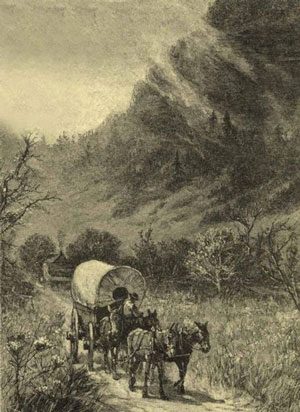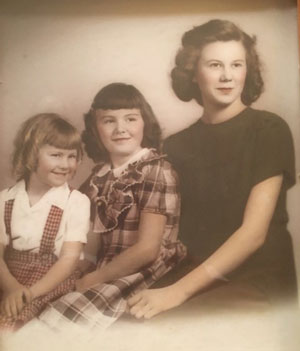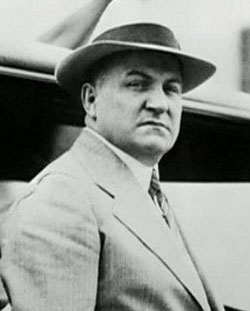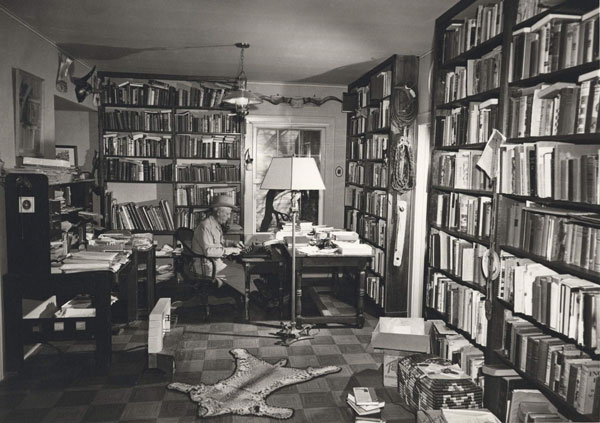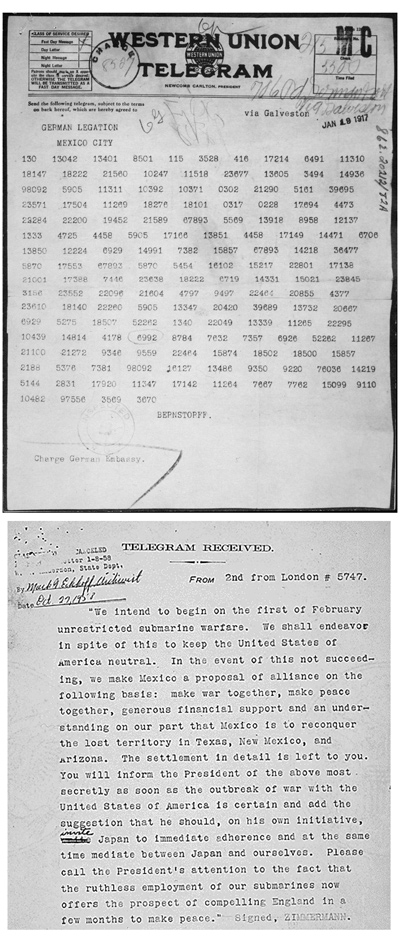Remember this little ditty?
In fourteen hundred ninety-two
Columbus sailed the ocean blue.
He had three ships and left from Spain;
He sailed through sunshine, wind and rain.
He sailed by night; he sailed by day;
He used the stars to find his way.
Ninety sailors were on board;
Some men worked while others snored.
Day after day they looked for land;
They dreamed of trees and rocks and sand.
On October 12 their dream came true,
You never saw a happier crew!
The first American? No, not quite.
But Columbus was brave, and he was bright.
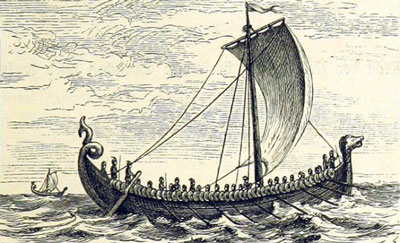
Fourteen hundred ninety-two was a long time after the 6th century Irish monks made a currach of wood frames covered with animal skins and set sail following the sun to the west. Legend tells us they arrived in what is today Iceland, but no substantial proof has ever been made.
Four centuries later Vikings, leaving well-documented evidence landed at Vinland, or Newfoundland, settled for ten years, grew grapes, and enjoyed life until natives ran them off. The Vikings sailed in uniquely shaped crafts up and down the Atlantic Coast. Amateur historians claim Chinese explorers arrived on the same coast in the 15th century. The route and legend are somewhat sketchy.
However, we know that Columbus, sailing for the Spanish king and queen, set off a stampede of sailors and explorers. The arrival of these men from Europe began what is known as the Eurocentric concept. In doing so, 90% of the native population died quickly of European diseases and European firearms. Those people who greeted Columbus were descendants of those who had occupied the North American continent for at least 20,000 years.
News of Columbus’ find spread throughout Europe. Juan de Ponce de Leon arrived in what is now the northeast corner of Florida to claim St. Augustine for Spain. De Leon came seeking the Fountain of Youth. By 1513, some fifty-two years later Pedro Menendez and 2000 other Spaniards set out to settle on the site of the special fountain. When the armada docked in Hispaniola, some 500 members abandoned ship before arriving at their destination. The ships were loaded with about 1,000 soldiers, 200 sailors, 100 wives, 150 children; most of whom decided that Hispaniola was the best spot for them.
In 1586 Sir Francis Drake sacked the port at San Augustine. In 1672 it was still standing and later fell into the hands of Great Britain. Spain again claimed St. Augustine briefly before ceding it to the United States two hundred years agi. Do you realize that all of this occurred before the British landed at Jamestown in 1607, even earlier than the Pilgrims in 1620? So, while we are enjoying turkey and dressing next month, remember the vast numbers of explorers, conquerors, and a few settlers who came before us. While some were definitely not saints, they all helped make what our country is today.
Give a cheer for old Christopher Columbus and his crew this weekend.

